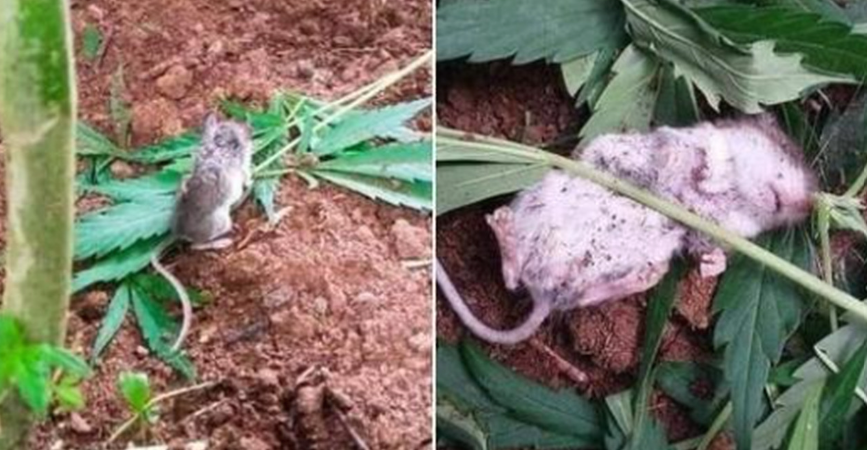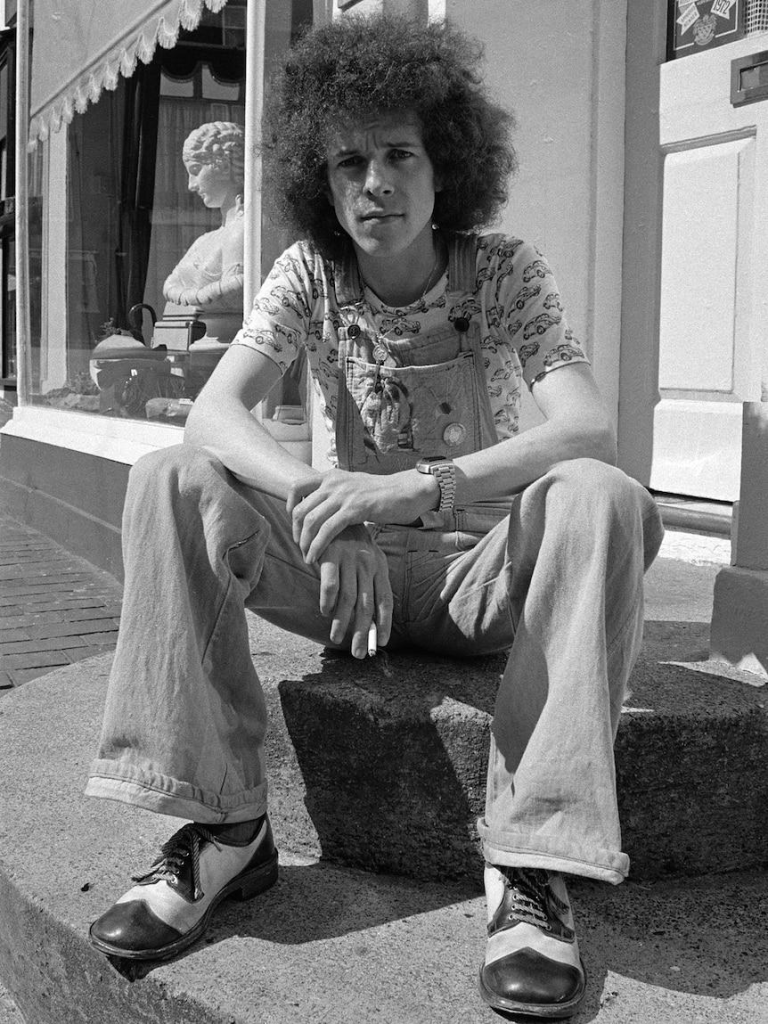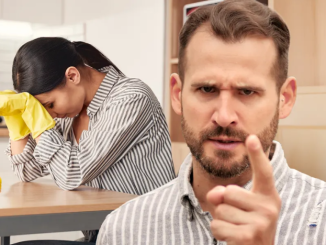
Farmers often face challenges from pests like rodents and insects that threaten their crops and spread diseases. In an amusing incident in New Brunswick, Canada, a mouse was found in a cannabis field, appearing “stoned” and passed out on a pile of leaves.
Colin Sullivan spotted the mouse raiding his garden for two consecutive days and shared pictures of the little critter enjoying the leaves before it succumbed. Eventually, the mouse was discovered lying on its back, seemingly unwell.
Sullivan decided to care for the mouse, placing it in a cage to help it recover. After six days, the mouse was healthy enough to return to the wild. Sullivan humorously recounted the experience on Facebook, saying: “I watched this little rascal munch on my plants until he dozed off”. He also noted that the mouse, missing one ear, might have been trying to cope with some stress, prompting him to intervene and provide a safe space for recovery.
Sullivan updated his followers about the mouse’s condition, stating it had a rough time but was gradually getting better, now eating just one leaf a day. “One day at a time”, he advised. When the mouse was finally released from “rehab”, Sullivan celebrated its recovery with a playful post titled “On The Rodent To Redemption”, highlighting the mouse’s journey and the importance of supporting those in recovery.

His posts garnered massive attention, with the first receiving over 461,000 shares and the follow-up accumulating more than 6,400 shares and 1,500 comments filled with jokes and encouragement. Commenters expressed their delight in the mouse’s recovery, with one suggesting that it might have experienced a wild adventure, while another thanked Sullivan for caring for the little creature.
Sullivan, who has personal experience with substance detox, dedicated a heartfelt message to his wife, Robyn, crediting her support for his long-term sobriety. Many people who initially came for the story of the mouse found themselves inspired by Sullivan’s message of hope and recovery. Cannabis became legal in Canada in 2018, with each province, including New Brunswick, establishing its own regulations.
The New Brunswick government emphasizes creating a responsible culture around cannabis use, educating the public on health implications, and reaping the economic benefits of the industry. In this province, individuals must be 19 or older to consume cannabis, and possession is limited to 30 grams. Public consumption is prohibited, and landlords can restrict tenants from smoking or growing cannabis, although they cannot prohibit cannabis use if tobacco smoking is allowed. It’s essential for New Brunswick residents to understand the risks of cannabis use to make informed decisions.
Australia’s adopted popstar son Leo Sayer reflects on his career
“I look at my role as being a friend of Canberra Hospital, I can bring some pleasure and happiness sometimes to people who are really in difficult times in their lives.”
With backing music from a Bluetooth speaker, Sayer croons his way around the cancer wards, making a human connection with everyone he comes across.

Canberra Region Cancer Centre Operations Manager Caroline McIntyre says Sayer’s visits are typically kept a surprise for patients and staff.
“He’s always come in so discreetly,” she says.
“Normally it’s just very quiet, he comes up in the back lift and says hello to literally everybody.
“Some of them are doing it tough, and to have a little bit of joy and light – it really gives them a lift.
“What makes me happy is to see people getting chemo on their feet dancing.”
Jamming with Jimi Hendrix, Countdown and the Troubadour
Originally a graphic designer by trade, English-born Leo Sayer rose to pop prominence in London in the late 1960s, as a singer-songwriter – and was soon adopted by Australia as an honorary son after his first tour here in 1974.
He went on to become an Australian citizen in 2009.
Sayer was a regular on ABC TV’s Countdown during the 70s and 80s, performing chart-toppers like “You Make Me Feel Like Dancing”, “When I Need You”, “More Than I Could Say” and “Orchard Road”.

He blushingly admits they were wild days – when he didn’t always live up to his “good-guy” public persona.
“It was mad, I mean, Top of the Pops in England, Countdown over here,” he says.
“You were mobbed by the fans, I remember being dragged out of a limousine the first tour that I came here, and then speaking to crazy people like Molly Meldrum on TV and trying to sort of like take it all in.”
It seems hard to believe – the petite, well-spoken singer, with a mane of curly hair that inspired changing his name from Gerard to Leo – beating off mobs of screaming fangirls.
Sayer circulated in superstar company, becoming close friends with former Beatles George Harrison and Paul McCartney, collaborating with Roger Daltrey of The Who, and even sharing a sly cigarette or two with John Lennon and Yoko Ono who had a flat above his design studio.
“I met Jimi Hendrix right at the start of his career. I actually jammed with him, playing the harmonica, and him playing the guitar,” he says.
Recalling his 1975 opening night at the famous Troubadour Club in Los Angeles, he looked up to see an intimidating line-up of fans in the front row.

“It was David Bowie, Elton John, and ‘The Fonz’ [Henry Winkler].”
Alongside them: John Cleese, Mick Jagger, Bernie Taupin, and comedian Marty Feldman.
“We never thought it would last, we were adapting to things around us, writing songs about things that are around us,” he says.
“And we thought they were only for our generation — so the amazing thing is my music’s become like a fine wine, where you lay it down and years later, it becomes a collector’s item.
“We’re in an age where the music that I make, young kids are actually latching onto it now, and they’re finding that that generation and that style of music we made is as current now as anything.”
Sayer’s health battles, still spreading hope at 76
Leo Sayer says his hospital charity work caps off a career dedicated to providing joy through music.
“It’s a nice piece of synchronicity really, because I was born in the grounds of a hospital in Shoreham by Sea in Sussex, near Brighton in England,” Mr Sayer said.
“I suppose I’ve always felt comfortable in hospitals and being around hospitals.
“Growing up, my dad was a hospital engineer, Mum was a nurse, my sister was a matron.”

Sayer has health struggles of his own, including three stents in his heart, which help him have a genuine connection to the hospital patients he entertains.
“[My music] is providing something that isn’t taking away from any of the treatment that’s going on. It’s providing something that’s just putting a smile on peoples’ faces.
“Music is communication and that’s what this is all about, we’re communicating, we’re making people feel better.
“We’re not healing people with music, but we are making them feel better about their healing.
“To sell out Canberra Hospital will do me fine.”



Leave a Reply